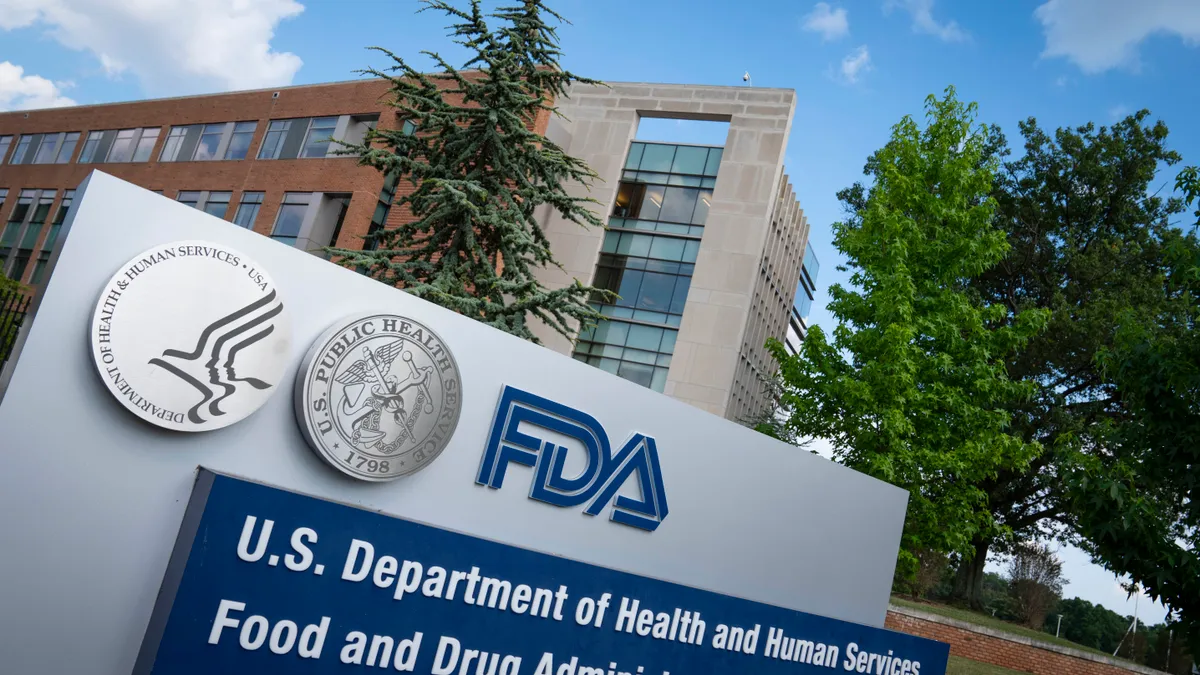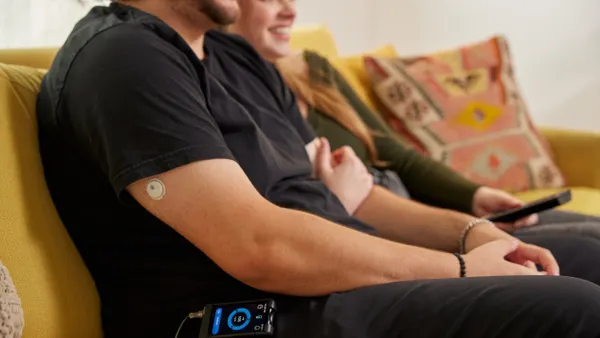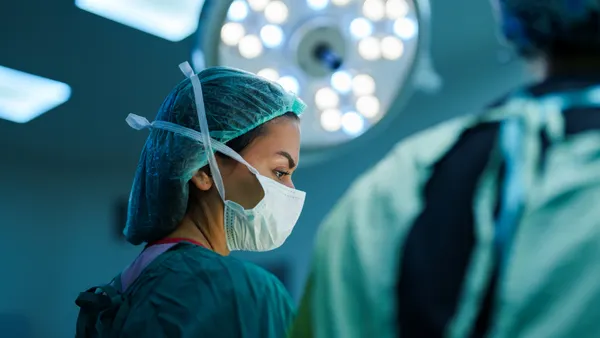Dive Brief:
- The Food and Drug Administration is expanding a program for accelerating device development to cover neurological and physical medicine technologies.
- Initially, the voluntary total product life cycle advisory program (TAP) pilot was limited to cardiovascular devices. This week, the FDA Office of Neurological and Physical Medicine Devices also began accepting enrollment requests.
- Expanding the program to cover cardiovascular, neurological and physical medicine devices is part of a scaling up of the pilot, which enrolled 12 products in its first year. The FDA could enroll up to 45 additional devices over the coming year.
Dive Insight:
The FDA and industry agreed to the TAP pilot in MDUFA V. While the industry initially opposed the advisory program, the FDA secured a chance to show it can “spur more rapid development and more rapid and widespread patient access” by facilitating early engagement and coordination with external stakeholders.
A year ago, the FDA’s Office of Cardiovascular Devices began accepting applications to join the pilot program. It enrolled 12 devices over the first year of the pilot. The FDA was aiming to enroll up to 15 medical devices and made the Office of Cardiovascular Devices the initial focus of the TAP pilot because of its history of granting breakthrough device designations, workload, staffing levels and experience.
As planned, the FDA has now expanded the program to cover the Office of Neurological and Physical Medicine Devices. The addition of a second office, and potential quadrupling of the total number of devices enrolled in the pilot, is the first step in a series of expansions that are planned for the rest of the MDUFA V period.
At the start of its 2025 financial year, the FDA plans to add at least four offices to the program and start enrolling up to 65 additional devices, doubling the size of the pilot. The number of devices enrolled in the program annually is forecast to plateau at up to 100 in the 2026 and 2027 financial years. The FDA has yet to commit to adding more offices in those years.













